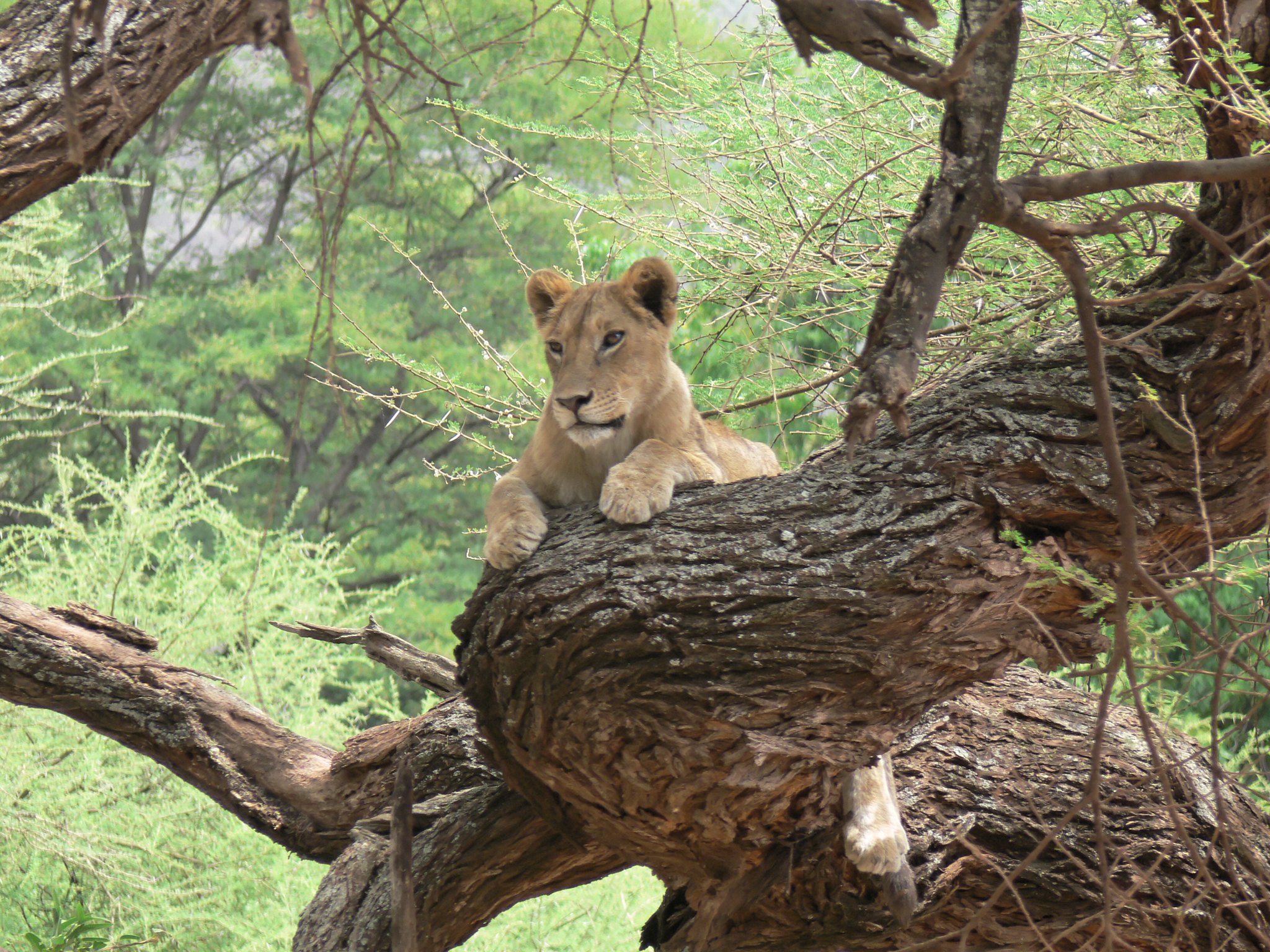Arusha National Park
Arusha National Park (ANAPA) is a gem of varied ecosystems and spectacular views of Mt. Meru, the crater that gives the region its name
It is a popular day trip destination for visitors who are about to embark on longer northern circuit safaris from Arusha. Mt. Meru’s slopes, summit, and ash cone, as well as the Momela Lakes, Ngurdoto Crater, and the lush highland forests that blanket its lower slopes, are all part of the small national park. The game viewing around the Momela Lakes is relaxed and peaceful, and many visitors stop to look for troupes of rare Colubus monkeys playing in the canopy while passing through the forest.
A popular activity for visitors to Arusha National Park is climbing Mt. Meru or hiking the smaller trails that crisscross its lower slopes. The three-day trek to the crater’s summit is a more peaceful, and some say more difficult, alternative to the nearby Mount Kilimanjaro’s famous peak. The paths to rivers and waterfalls on the lower slopes provide a relaxing day hike for visitors who don’t want to attempt the more difficult climb. The things that make Arusha National Park fun and interesting are the old fig tree forests, the crystal-clear mountain streams, and the chance to see colobus monkeys.
Arusha National Park, the closest national park to Arusha town—northern Tanzania’s safari capital—is a multi-faceted jewel that is often overlooked by safari goers, despite the fact that it offers the chance to explore a beguiling diversity of habitats in just a few hours.
The entrance gate leads into a shady montane forest inhabited by curious blue monkeys, colorful turacos, and trogons—the only place on the northern safari circuit where the acrobatic black-and-white colobus monkey can be seen up close. The spectacular Ngurdoto Crater, whose steep rocky cliffs enclose a wide marshy floor dotted with herds of buffalo and warthog, stands in the middle of the forest.
The tranquil beauty of the Momela Lakes is encircled by rolling grassy hills to the north, each one having a different hue of green or blue. Thousands of flamingos flock to shallows that are sometimes tinted pink. The lakes are home to a diverse range of resident and migrant waterfowl, as well as shaggy waterbucks with large lyre-shaped horns that can be seen on the water’s edge. Giraffes saunter across the grassy hills, between grazing zebra herds, while pairs of wide-eyed dik-dik dart into scrubby bush like overgrown hares on spindly legs.
Leopards and spotted hyenas can be seen slinking around in the early morning and late afternoon in Arusha National Park, despite the absence of elephants and lions. The veil of cloud on the eastern horizon is also most likely to clear at dusk and dawn, revealing the majestic snow-capped peaks of Kilimanjaro, which is only 50 kilometers (30 miles) away.
Mount Meru, Kilimanjaro’s unassuming cousin and Africa’s fifth highest peak at 4,566 meters (14,990 feet), dominates the park’s horizon. Meru offers unrivaled views of its famous neighbor while also forming a rewarding hiking destination in its own right, thanks to its peaks and eastern foothills being protected within the national park.
The ascent of Meru begins in a wooded savannah, where buffalos and giraffes are common, and continues through forests ablaze with red-hot pokers and dripping with Spanish moss before reaching open heath spiked with giant lobelias. As delicately-hoofed klipspringers mark the hike’s progress, everlasting flowers cling to the alpine desert. Kilimanjaro stands unveiled, blushing in the sunrise atop the craggy summit.





